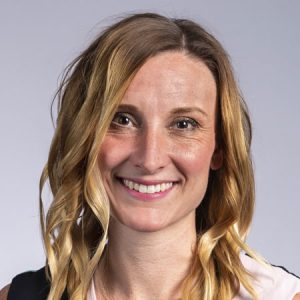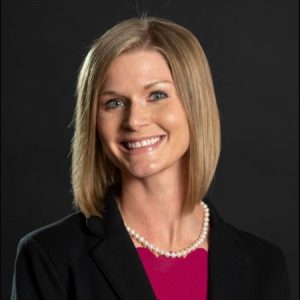Oct. 23, 2025
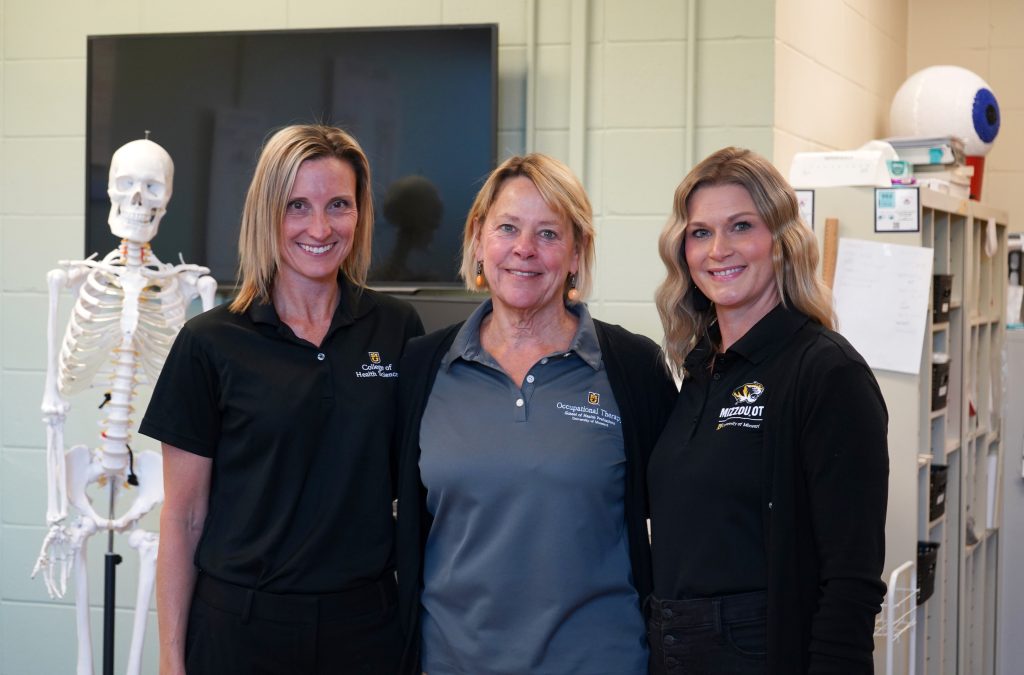
Story by Cheri Ghan, ghanc@health.missouri.edu
When Lea Ann Lowery was an occupational therapy student at the University of Missouri, the fictional patients she incorporated into her papers and tests all had one thing in common: They did their therapy exercises and recovered from illness or injury. After graduating and working as an OT, she learned quickly that wasn’t always the case.
So, when Lowery returned to her alma mater as a faculty member in 2004, one of the first things she did was propose a real-world experience for her students. She proposed creating a clinic where student clinicians would work with actual patients, serving and learning in the process.
Two decades and 10,000 sessions later, Tiger OT is celebrating its 20th anniversary this fall. The clinics have not only helped more than 1,000 clients make great improvements, but they also have provided occupational therapy students at Mizzou with hands-on training and a critical advantage over peers from other programs.
A reality check
“I felt very strongly that students need to have opportunities to have real patients to try things out on and that it would enrich their ability to understand the complexities of people,” said Lowery, a clinical OT professor and faculty fellow for interprofessional education. “I’m a clinician at heart; I secretly always want to have kids around so I can sort of be in proximity to treatment. So, I decided that we would jump off a cliff and start a clinic. And I did it.”
Tucked away in a pair of small rooms in the basement of Clark Hall, the clinic was initially called the OT Pediatric Clinic. Lowery found toys and furnishings from various places, including items her son had outgrown. Megan Madden Blaufuss, a 2007 Mizzou OT graduate, was in the first class of students to work in the clinic and recalled it definitely had a “garage sale” vibe. There has never been a charge to patients of the clinic, and referrals have come from everyone from physicians to social workers.
“When I’m back on campus and see what it’s like now, it’s remarkable — the cool signs, nice spaces and the waiting room,” said Blaufuss, who now works at Children’s Mercy Hospital in Kansas City. “It’s just night and day different from how it started. I think what’s probably the same though is the impact it’s had on the clients and the students.”
Blaufuss still remembers her first client, a preschool boy with autism, and how she didn’t know what she didn’t know — until he walked in.
“I put all the manipulatives for the session out on the table, and the little boy walked in,” Blaufuss said. “He was 4 or 5, and he took one look at all the stuff I had very intentionally set out. Then he just swiped his hand across the table, knocked it all on the floor and looked at me like, ‘Now what are you going to do?’”
Blaufuss was mortified by the incident and immediately turned to Lowery for guidance as the clinic has always been a safe space to ask for help. She said the lesson from that first client has stuck with her all this time.
“Even 20 years later, anytime I do a standardized test with a little kid, it’s one item at a time, because I still can think back on that first kid sweeping his arm across the table,” she said.
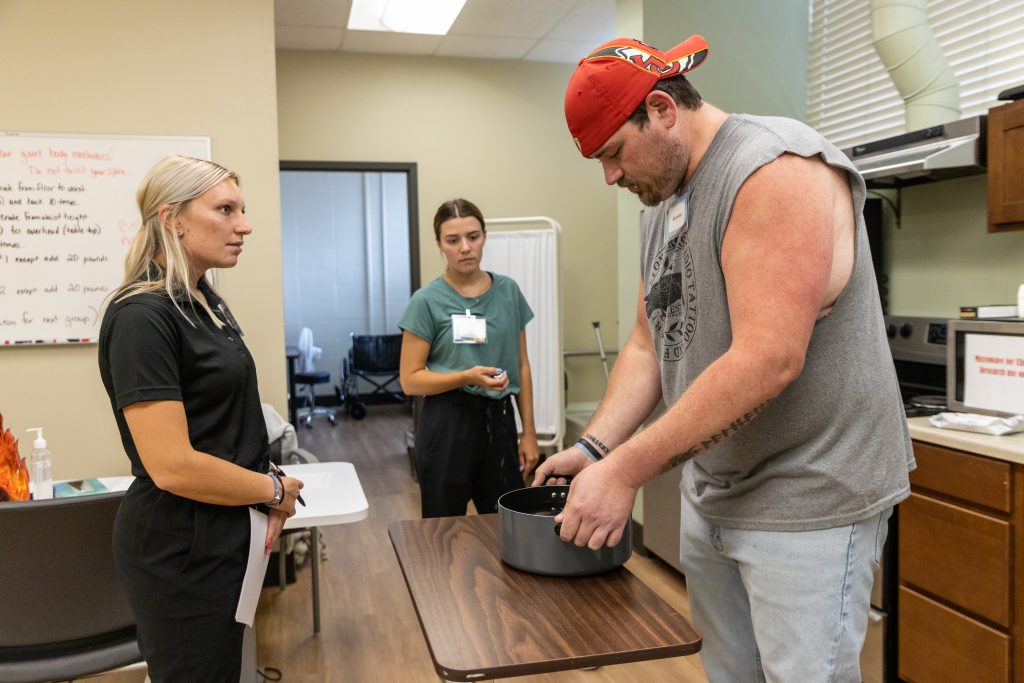
Practice makes perfect
In addition to Blaufuss, the first class of OT students to engage with the clinic included Stephanie Jobe Allen, who has since become an associate teaching professor with the department. Her first client was a 7-year-old with agenesis of the corpus callosum, a birth defect that impacts areas like communication and coordination. Allen’s most vivid memory from that experience was building a relationship with the child’s mother.
“She was incredibly supportive and involved, and from our first session, we developed a strong partnership focused on our main goal of improving the child’s daily life,” Allen said. “Her insights and advocacy not only shaped my approach but also brought to life the critical role families play in the OT world.”
As the Department of Occupational Therapy became more comfortable with running a clinic, Lowery said the natural progression was to open an adult version. The OT Adult Clinic opened in 2006, but both clinics quickly came together under a common name: Tiger OT.
Whitney Henderson was one of the first Mizzou students to work in the adult clinic. Henderson, who is now a clinical professor with the OT program, recalled her first client was a stroke patient. He represented a patient clientele with whom she now works regularly alongside her students.
Another patient she bonded with is Cindy Downing, who spent 12 semesters with Henderson and 25 student therapists over the course of her recovery from a 2014 stroke. Downing loved working with OT students as they learned and grew.
“They would get their heads together and come up with things,” Downing said. “The students had no preconceived notions about what to do. They would ask me if I was up for a new technique and I would say ‘Yes! If you’ve got something new you learned in class last week, what’s it going to hurt to try it?’”
Building blocks
Allen said the experience of building care plans, interacting with patients and preparing the necessary paperwork to close the care loop helped prepare her not only for fieldwork experiences beyond the College of Health Sciences but also for the real world as a professional.
When she teaches students today, Allen similarly uses the clinics to build their skills and confidence.
“Our students now work in various settings with a wide variety of health care professionals including, but not limited to, nursing, speech-language pathologists, physical therapists and behavioral health,” Allen said. “I do have high expectations, but I also reassure them that the clinic is a safe learning environment where it’s OK to ask the questions and grow deep in their knowledge and skills.”
Henderson is proud of how the OT faculty members continuously revise and improve clinic processes and experiences for clients, students and families.
“We have added new referral sources, OT and OTA collaboration and interdisciplinary group interventions and experiences in the community,” Henderson said. “We use client satisfaction surveys to gain feedback for strengths and areas of growth, and we have also integrated research projects into clinic so students are actually completing research as part of their clinic experience to truly integrate the teaching, service and research mission of the university.”
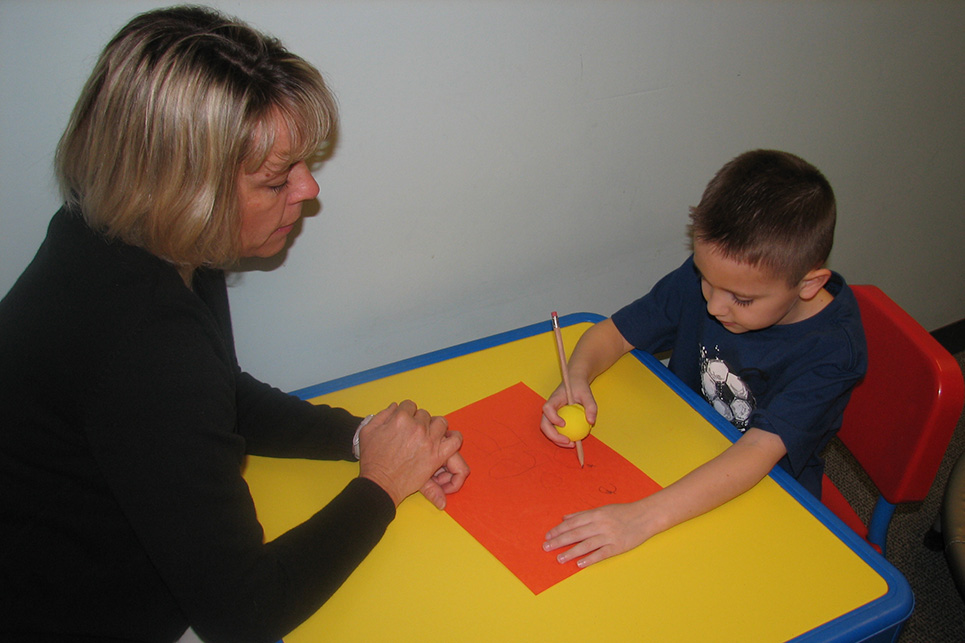
A labor of love
Reflecting on the past two decades of Tiger OT, Lowery said the clinics have fulfilled her hopes for a service-based student learning experience “a thousand times over.”
“It has been a labor of love,” Lowery said. “I will always be a clinician at heart. The clinics provide a way to share my passion for client care and opportunities for me to stay current with practice. The icing on the cake is watching the students start off so incredibly green, nervous and unsure and then gain confidence and skill to a point where they step into clinical situations and do amazing work.”
The proof lies with clients like Downing.
“I’ve seen what it can do,” Downing said. “If a patient is willing to work, even on just a little level, they’ll glean something from it. They cannot experience that type of intense one-on-one and not glean something.”

